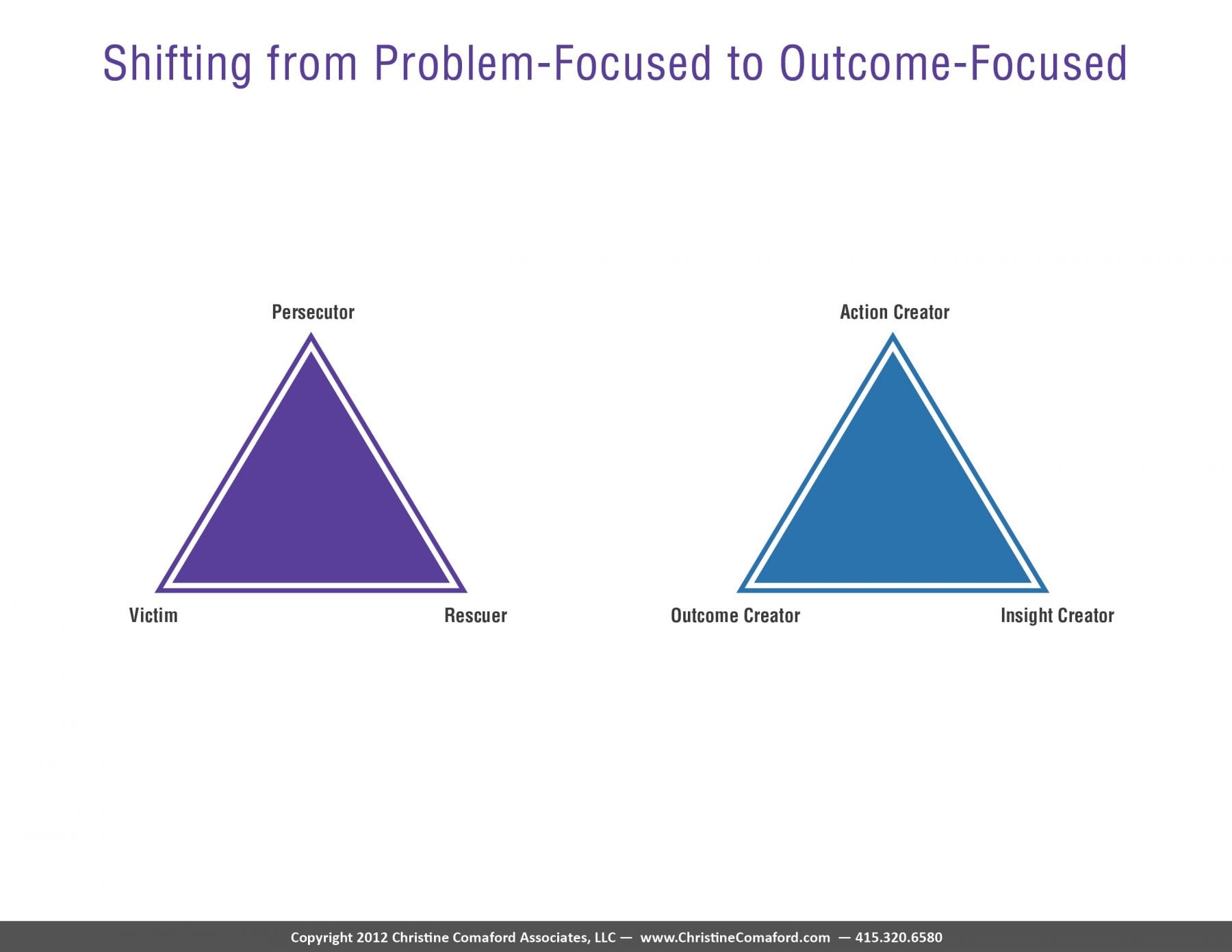
How to Stop Workplace Bullies In Their Tracks
March 20, 2014
The Meaning Of Life (Seriously)
April 19, 2014
CareerBuilder recently released a survey saying that 21% of workers plan to change jobs this year. Wow—that’s the highest percentage since the recession, and a whopping 17% increase from last year.
Let’s find out why…
Why People Will Quit This Year
According to the CareerBuilder/Harris Interactive survey of 3,008 full-time workers, people will quit if they:
· are dissatisfied with their job: 58%
· are dissatisfied with advancement opportunities at current company: 45%
· are dissatisfied with their work/life balance: 39%
· feel underemployed: 39%
· are highly stressed: 39%
· have a poor opinion of their boss’s performance: 37%
· feel they were overlooked for a promotion: 36%
· have been with their company two years or less: 35% (versus only 13% of workers who’ve been with their company for five-plus years.)
· didn’t receive a pay increase in 2013: 28%
… And Why People Will Stay
But it’s not all gloom and doom. Eight in 10 workers (79%) have no intention of leaving their current job this year. Key contributors are fulfilling relationships with co-workers, work-life balance and benefits. Here’s the break down, per CareerBuilder:
1. “I like the people I work with.” – 54%
2. “I have a good work/life balance.” – 50%
3. “I have good benefits.” – 49%
4. “I make a good salary.” – 43%
5. “There still is a lot of uncertainty in the job market.” – 35%
6. “I have a quick commute.” – 35%
7. “I have a good boss who watches out for me.” – 32%
8. “I feel valued and my accomplishments are recognized.” – 29%
Five Ways To Keep Your Rock Stars
Here are tips from our clients with the strongest employee retention and morale:
- Make a difference. We all want to be part of something bigger, to stand for something worthy, to devote our precious time to more than the pursuit of the almighty buck. Make sure your mission, vision and values make people feel proud to be part of your tribe. If they don’t, click here to download our Leadership Kit and follow our quick tutorial to turn yours around.
- Be firm but fair. Every year all the top HR firms do a survey of what sort of leadership people really want—a nice boss or a tough boss. And every year the results are the same: people want a firm, and fair boss—someone who is tough and nice. This helps a worker know where they stand, how to succeed, what is expected of them with clarity and transparency.
- Give people power. There’s a fine line between autonomy and anarchy, and it’s called expectations. If we set clear performance expectations, and clear areas of ownership, people will make good decisions—and if they don’t they’ll figure this out fairly quickly. Before people make decisions ask them to consider: is this a win-win for both parties? Is it ethical? Does it honor our values? Then do it. Let people own their areas, and they’ll bring you great ideas and loyalty.
- Inject passion, play, release, communication in your culture. We all need to blow off steam at work, have contests and fun lively competition, love what we do and love who we do it with. When your team speaks openly with one another and leadership, when we embrace our humanity, when we know the team has our back and we’re in this together, retention and morale are high. How human is your culture? When mistake are made do you clear them up together or have a blame fest?
- Do strategic plans two times per year. People need to know what is going on, where we’re headed, why, when and what it’ll mean when we get there (and why we should care). Our most successful clients have us help them craft one day strategic plans every six months. We look 12 months out each time, and spend one-third of the time brainstorming/having visions, one-third sorting through options and making plans, one-third of the time on deliverables, timelines, who owns what. Then everyone can own their area (see #3 above) and feel powerful.
Choice in the workplace is greater now than ever before. This is good news: it means employers need to continually raise the bar to engage their employees, and it means we all need to forge a code of respect, honor, and commitment to one another. The theme is collaboration: the employer has value, the employee has value, and together we’re deciding—like any relationship—to invest in one another to create something great.
Make sure your culture is on track–take our 3 minute assessment here.
Christine Comaford (@comaford) is a neuroscience-based leadership and culture coach. Her current NY Times bestselling book is entitled SmartTribes: How Teams Become Brilliant Together. Join her tribe and get free webinars, neuroscience resources, and more by clicking here.






